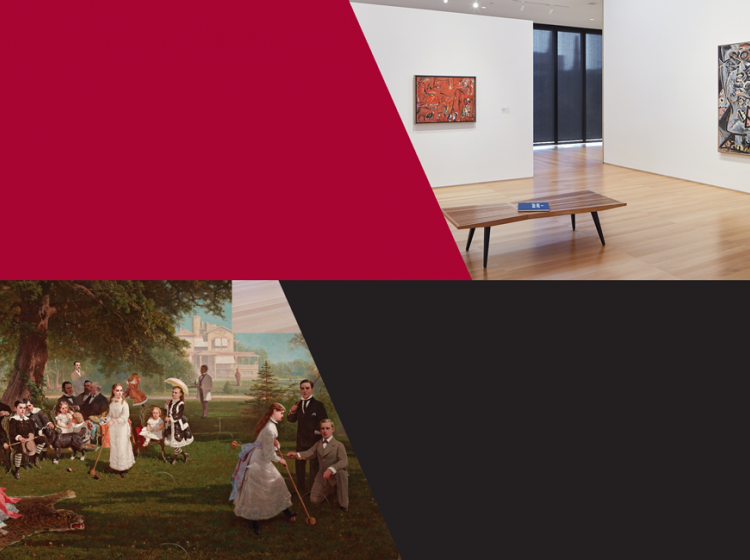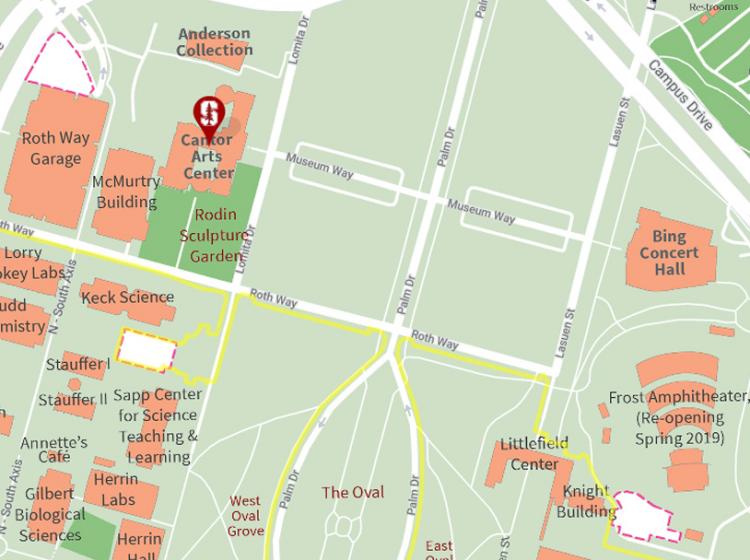Cantor Arts Center
328 Lomita Drive at Museum Way
Stanford, CA 94305-5060
Phone: 650-723-4177

Vase with peach-bloom glaze, ca. Kangxi period (first quarter of the 18th c.) and after, porcelain with copper effects glaze, Cantor Arts Center, 1970.179
This exhibition presents a focused look at caves and kilns, aka “earthly hollows,” as symbolic and physical passages of transformation. Drawing from Cantor’s rich collection of Chinese, Japanese, and Korean art, Earthly Hollows: Cave and Kiln Transformations examines the dynamic ways in which caves, be they mountain grottoes or kilns, tunnel-like chambers made of earth and clay, interface mundane and mystical realms.

The Cantor Arts Center is located at the intersection of Museum Way and Lomita Drive in the heart of the arts district on the Stanford campus. The Cantor faces the Bing Concert Hall across Palm Drive, northwest of The Oval and the Main Quad.

Parking is limited. Stanford has a new contactless process to pay for parking, using the ParkMobile app, website, or phone. Prior to your visit, we recommend you visit the Stanford Transportation website to learn more about the updated visitor parking process.
